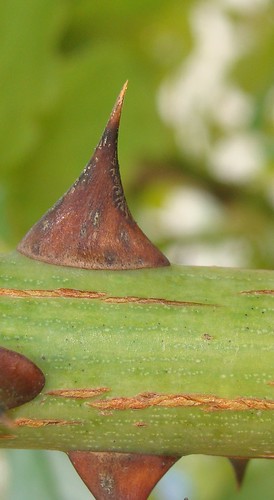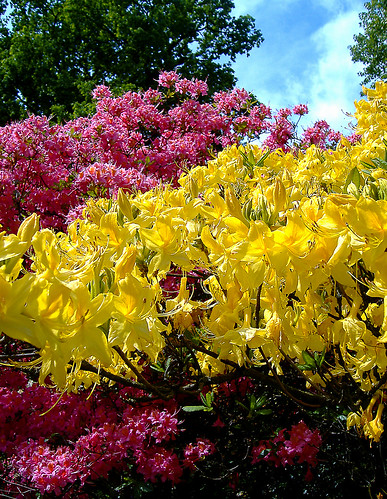I wanted to share some news with you about how Lands’ End is growing education through “Way to Grow: Plant a Seed, Make a Difference.†As we approach the 40th Anniversary of Earth Day, this initiative connects kids, parents and schools through gardening and teaches that even the smallest steps can make a difference to help the environment.
“Way to Grow: Plant a Seed, Make a Difference†details:
- The “Way to Grow†sweepstakes gives schools the chance to win up to $2,500 for gardening and science projects.
- Now through May 14, 2010, parents and teacher can visit www.landsend.com/thehub to enter and vote for their schools. The schools with the most votes win!
“Way to Grow†Twitter Party
As part of the campaign Lands’ End is hosting a Twitter party with Seeds of Change on Wednesday, April 14th from 7 to 9 p.m. CDT. Seeds of Change is an organization that promotes the use of sustainable organic agricultural practices and preserves biodiversity through their extensive line of 100% organic seeds.
The event will feature 20 fun giveaways ranging from 100-percent organic seed collections from Seeds of Change, gardening totes, gardening books and Lands’ End gift cards. More details are included below:
Lands’ End “Way to Grow†Twitter Event
Date: Wednesday, April 14, 2010
Time: 7:00 p.m. until 9:00 p.m. CDT
Location: #landsend
Join the fun and follow:
@LEprMichele, @LEprMolly, @LEprLibby, @LandsEndChat, @Seeds of Change1
First 50 Pre-Event Garden Blog Posts Win!
Want to win a Lands’ End $50 gift card? Here’s how in three easy steps:
Step 1: Share Information about Lands’ End “Way to Grow†Sweepstakes with Followers – Simply visit Lands’ End’s The Hub at www.landsend.com/thehub and enter to win. Discover fun facts, activites and a chance for schools to win up to $2,500 for gardening or science programs.
Step 2: Promote the Twitter Event – Don’t forget to promote the Twitter Event to your followers. Please be sure to disclose that you are participating in the Lands’ End “Way to Grow†blog promotion.
Step 3: Send a Link – To be entered for a chance to win, you must send a link of your post to katie@feddorukinc.com.
The first 50 to post and send a copy of their link with contact information to the email above will receive a $50 Lands’ End gift card.
If you have any questions about the “Way to Grow†sweepstakes or Twitter event, please be in touch. I look forward to working with you!
Best regards,
Katie Kiefer
For Lands’ End
(612) 886-1767







